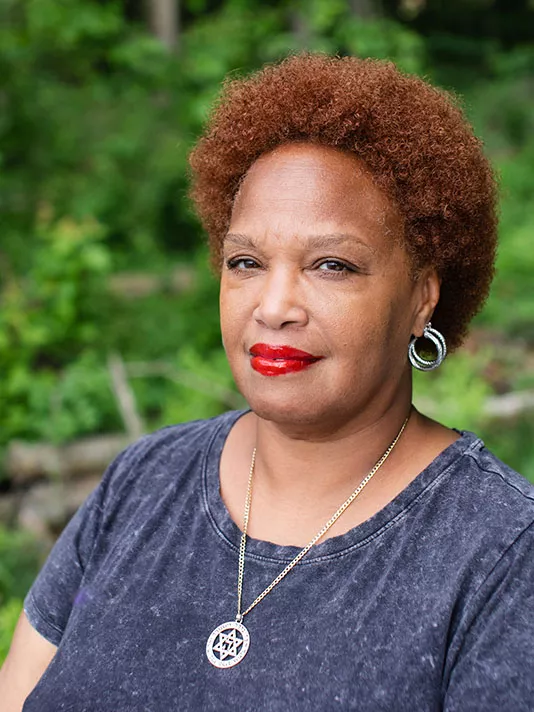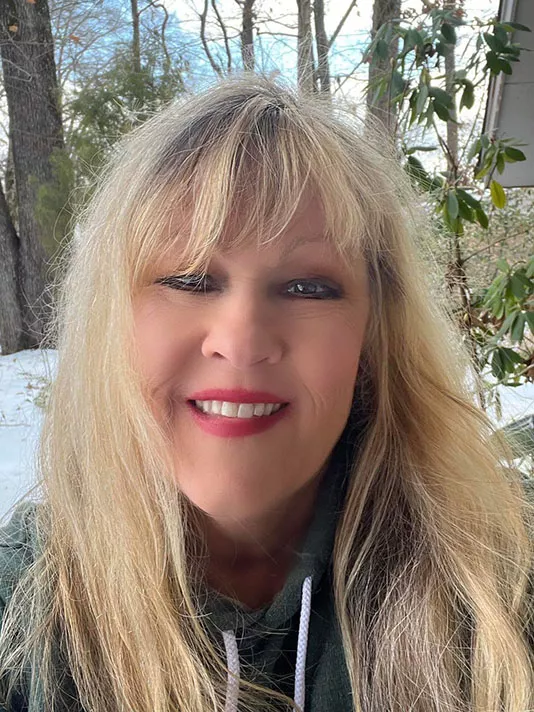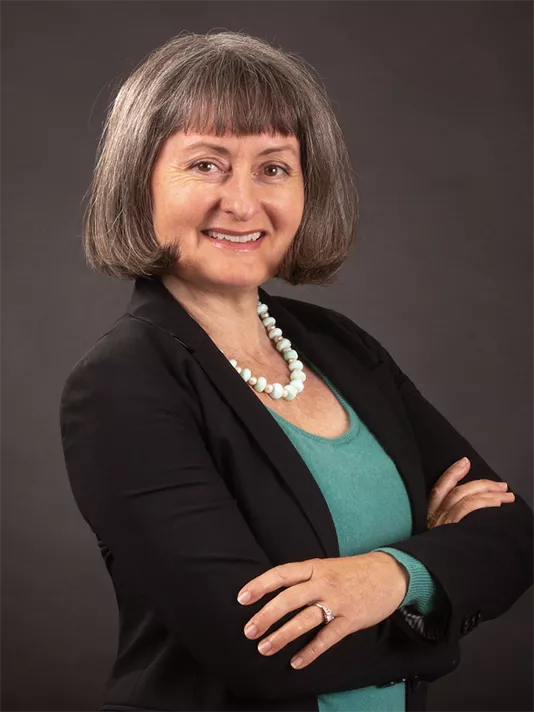Question 7

|
Clayton Daughenbaugh
Regarding restructuring, it’s time for stability. We have been through a lot. Especially on the staff side roles need to gain clarity and the relationships among the new roles need to mature. This will take time, we need to allow that time to occur. On the volunteer side we need to make provision to insure the role of partnership within the new structure is retained. To date that hasn’t happened. Seeing that it does would be a priority of mine. Volunteer/staff collaboration is at the heart and soul of the Sierra Club and we need to be attentive to it. A key benefit of the current restructuring is that Chapters who previously lacked staff support are now getting it. The Sierra Club’s current financial challenges are serious. We need to live within our means, focusing on our core mission. We need to grow our resources (see response to #3 above), most especially our membership. Those donations provide the greatest flexibility. Our approach with large donors should be similar, seeking support for our mission and overriding priorities (transition to renewables from fossil fuels, protecting wild nature) wherever possible. Building funding relationships which value our grassroots empowerment alongside our conservation objectives would be a plus. |

|
Princess Washington
The challenges that face the Sierra Club are not new or unfamiliar. As a legacy organization, we have to be aware that what we are facing is the natural ebb and flow that comes along with longevity. The first action I would take as a Board Director would start with our finances. By having a solid understanding of our revenues and expenditures, we would be able to formulate a solid plan on which direction we should take. By understanding our projected numbers, we can decide the best way to restructure staffing and operational costs in a way that would be a better fit for the organization as a whole. I do not have the exact numbers, but I read there may be a $40 million dollar deficit. While I do value staff, if necessary, we may need to restructure and consolidate the core staff roles. We may also need to develop a training and promotion for volunteers to assist in areas that may be appropriate. In the meantime, I would work with the Board for ways that we can increase our membership and donation intake to offset deficit and increase budget so that we can become more financially sound. |

|
David Karpf
This is where I think it will be useful that I have been outside of the national leadership for a while. We have been through restructuring and financial downturns before. It is a difficult process, and one of the best things we can do is raise good, hard questions about our assumptions. (What was this structure set out to accomplish? Is it working? Which stakeholders are being heard, and which are being ignored? Has the whole thing become so complicated that it works well on paper but is unworkable in practice?) I don’t have a specific agenda for what actions we should take. I have a commitment to our values, and a fair amount of expertise in how nonprofit advocacy organizations build power in the digital age. And I have a fresh set of eyes. So I have a lot of questions about the current structure, to get myself back up to speed. And I suspect those are approximately the questions that Board members should be asking anyway. |

|
Erica Hall
It will take a collective effort by all Board members to address those challenges around restructuring, staffing, and finances. Individually, as a Board Member, I will work to make sure that all voices are heard. As a CCL Delegate, listening to my constituents will help address these challenges. Having a collective group of colleagues where we can analyze and address these issues together will help us with these challenges. I have already begun having discussions and listening sessions in local communities to hear concerns, issues and fears on the restructuring, staffing, and finance issues facing the Sierra Club. All organizations go through restructuring, reorganization and leadership changes at some point. It is how the messaging is being disseminated and received that can often soften the hardest parts of changes. |

|
Karl Palmquist
Significant restructuring—in fact any change—can bring friction and discomfort. Sierra Club entities, from Group and Chapter volunteers to staff, have voiced concerns about transparency, top-down control, and loss of our grassroots essence. One important step is to acquire more data on membership’s views of these challenges (data from a larger sample size from all levels—Groups, Chapters, National). The Board should then document and share how they will address the concerns enumerated in these data. These data and the Board responses should be shared with membership for additional feedback. This type of cycle—surveying, publicly addressing concerns, and soliciting additional feedback—should be something the Board does regularly to ensure the goals and actions of the Board are in line with the hopes of the membership. As a candidate for the Board, I spent time connecting with staff and volunteers to learn about their views relating to organizational health, values, and priorities. As a Board Director, I would do similarly. With this information, I would work with my fellow Board Directors to assess what is working and what is not, and swiftly make changes. Furthermore, I would recognize that the correct solution for the Sierra Club will not be “one size fits all.” The Board must be responsive to the unique needs of each Chapter or Group, and we should fine tune the structure of the organization accordingly and the membership should be able to see if the changes are working. |

|
Nancy Muse
As a Board Director, I would draw from my tool kit as a public school educator, which would enable me to analyze where weaknesses exist in decision making methodology that lie at the root of these challenges. Restructuring, staffing and finances all have in common the need for well thought out plans which are easy to comprehend and facilitate functionality. The top-down restructuring process has been riddled with inconsistencies, which has caused confusion, chaos and low morale among volunteers and staff. The challenges which result from such a top-down decision-making approach can easily be remedied if there is inclusive, organized, and substantive input from volunteer leaders and staff to clearly define details and identify needs. Handbooks for volunteer leaders and staff that clarify their specific roles and provide a framework for carrying out their duties are needed going forward. I would take actions to promote opportunities for Chapter and staff leaders to come together to provide input and identify what is needed to ensure successful outcomes. >The role of Board members, as responsible fiduciaries, includes oversight of all Club financials and budgeting. As a Board member, I would encourage greater Board member engagement related to finance committee recommendations. |

|
Meghan Sahli-Wells
The restructuring in process is the result of direction and priorities identified by Sierra Club leaders over the past several years. The goal: to make sure Sierra Club is fully resourced and ready to achieve our mission to: “explore, enjoy and protect the wild places of the earth.” Implementation of this vision has been challenging and has been made more difficult by the reduction in charitable contributions across the non-profit and arts sectors. The changes taking place have been painful. We’ve lost great staff, and restructuring has left some feeling confused and unheard. Thankfully, we are turning the corner. Guided by the Board, the Executive Team has worked diligently, and we are on track to close the deficit and are increasing contributions, reducing redundancies, and improving operations. We’re addressing pay equity between Chapter staff and National staff. We’re improving communications, and building a strong field structure, working to provide more resources more effectively throughout the organization. As we address the organizational and financial management piece, we continue advancing the climate work. Our Executive Director Benjamin Jealous, with the full support of the Board, has been engaging our volunteer base, Chapter by Chapter, in deep listening, sharing, and celebrating local victories, successful campaigns, and policy wins nationwide. This is what informs and inspires the structural work: to ensure Sierra Club can support the leaders who are fighting for our survival on this planet. We must win. |